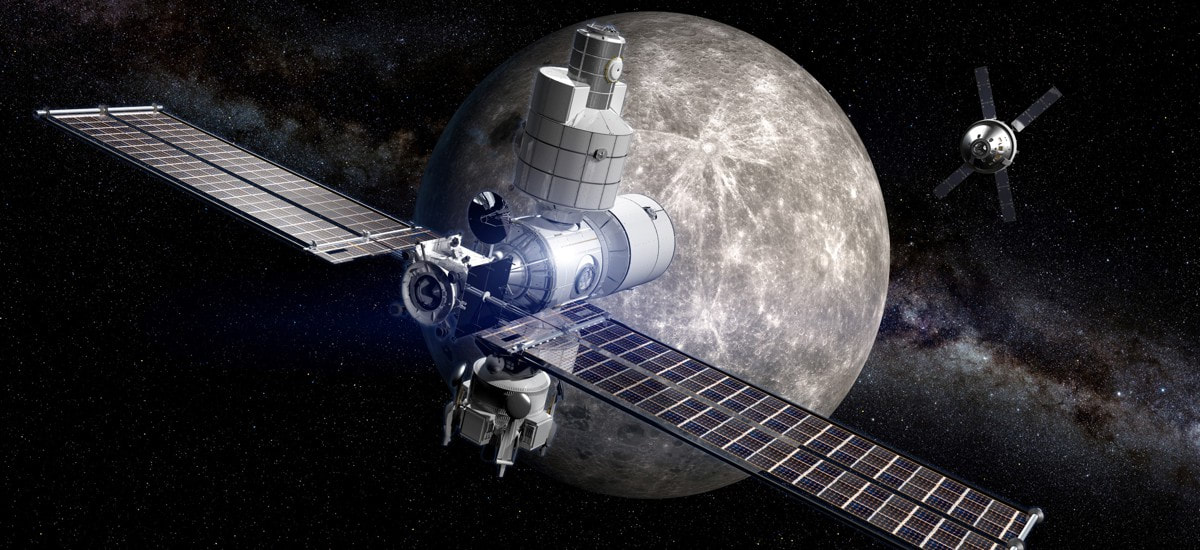The deployment is expected to occur aboard a SpaceX Falcon 9 rocket during the upcoming Intuitive Machines IM-2 mission, which is scheduled for launch in November. Nokia has partnered with Lunar Outpost and Intuitive Machines to develop equipment that can function in the harsh conditions of space.
The 4G technology could be beneficial in future manned Artemis missions to the Moon, with NASA planning to land two astronauts on the Moon in 2025, marking the first human presence on the Moon since the Apollo 17 mission in 1972.
Nokia initially announced the project in 2020, when it was selected by NASA. At that time, the company's laboratory, Bell Labs, received $14.1 million in funding for the project. According to the company's blog post, they will begin testing short- and long-distance communication capabilities at distances ranging from several hundred meters to two or three kilometers.
Thierry Klein, president of Bell Labs Solutions Research at Nokia Bell Labs, stated that "connectivity and communication are critical for any sustained human presence on the Moon and Mars in the future." He added that it is vital for astronauts to have the same access to technology as they do on Earth to run their applications and support their activities in space. Ideally, astronauts on future missions will use the 4G internet.
Thierry Klein stated in a recent press release that Nokia and Bell Labs are looking forward to deploying the technology into space next year. He believes that the 4G network "will have a big impact on future crewed missions to the Moon and beyond and validate that cellular technologies can be adapted for mission-critical space communications needs."
Instead of creating a proprietary network in space, Nokia is leveraging the same technology that connects billions of devices cost-effectively on Earth.
Author
-Anurag

 RSS Feed
RSS Feed